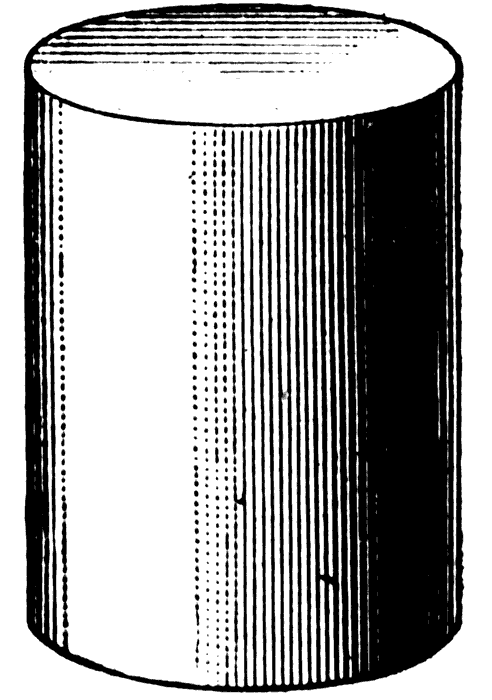|
|
LITR 5431
Literary & Historical Utopias
|
|
Joan Gray
March 31, 2019
Hippies, Cowgirls, and
Counterculture Communes
The quote, “Disbelief in magic can force
a poor soul into believing in something like business and government,” are the
wise words of Tom Robbins, which seem to describe his belief of society.
Robbins, the writer of many countercultural novels, writes
Even Cowgirls Get the Blues, in which
he winds up creating a counterculture commune for women who feel ostracized by
society. Said novel, relayed as
Cowgirls from here on out, surrounds the character Sissy Hankshaw, who winds
up at “the largest all-girl ranch in the West,” where she meets a group of
intensely interesting women labeled as “misguided kids” (Robbins 4 and 357).
From her first introduction to the women on the ranch she discovers that
they are misguided because society told them they weren’t allowed to “fantasize
a more exciting future for [themselves] than housewifery, desk-jobbing or
motherhood” (Robbins 130). So, they hitch-hike or run away from society, and
their lives, and meet at the Rubber Rose Ranch, a ranch owned by a man deemed
the Countess, who got rich by selling feminine hygiene products. So, what do the
girls do? They start a revolution, per se. where they force all the men out,
kill all the cattle (in a symbolic move to eliminate all meat from the farm),
and force the Countess’s hand into giving them the ranch. The overthrowing of a
capitalistic overlord profiting off of a multi-million-dollar sexist industry is
symbolic for women attempting to gain freedom and equality in a male-dominated
society. Thus, the women gain independence over their bodies, return to their
roots, work together, copulate with one another, and bask in their femininity
away from the patriarchal, capitalistic society that is America, thus creating a
counterculture feminine commune. Robbins might not have set out to be a utopian
writer, but he ultimately ends up creating a safe-haven, hippie commune,
specifically for women, and what is forthcoming will prove that through
Cowgirls and research on hippie
communes in the sixties and seventies, when Robbins was writing and publishing.
To begin, in Timothy Miller’s book,
titled the 60’s Communes: Hippies and
Beyond, he outlines a list of features, based on research of multiple
intentional communities in the sixties, that make up these successful communes.
The first feature he lays out is “A sense of common purpose of separation from
the dominant society” and that “a rejection of the dominant society is involved
in that sense of purpose” (Miller xxiii). On the Rubber Rose Ranch, as mentioned
previously, these women abhor the dominant society, which does not just make up
male dominance, but also the patriarchal ability to tell women what to do with
their bodies. Prior to their overtaking of the ranch, the women are at first
just ranch hands helping run the Countess’s ranch. The Rubber Rose, advertised
as a getaway spa for women, teaches “feminine hygiene” and “sexual
reconditioning” (Robbins 119). The women, believing this to be, as Stephanie
Abigail Taylor puts it in her thesis about
Cowgirls, the Countess’s “attempt to
remove the natural in others, particularly women…in an effort to remove part of
their humanity and make them into sterilized playthings” (Taylor 78). The women,
disgusted by the sexual reconditioning classes, “lead a coup d’etat” in order
to take the ranch away from the Countess and push the male out—thus being the
first step, and feature as Miller claims, towards creating their perfect commune
away from the dominant society (Macfarlane 212).
The next feature that Miller decided
made up these utopian communes were personal interaction. Personal interaction
is a large part of the commune within
Cowgirls. The women want sexual liberation, and they have “personal
interaction at a level deeper than that of, say, a street in suburbia” (Miller
xxiii). The personal interaction on the Rubber Rose, after pushing all the men
off the ranch, creates the liberation that society has taken away from women in
the greater part of the fifties to the seventies. All the women end up
copulating with one another, even though “there’s not a queer among ‘em” because
ultimately, “it’s just a nice, natural thing to do” (Robbins 158). This quote,
said by Bonanza Jellybean, “the lead cowgirl on the ranch, and another of
Sissy’s lovers, gives this perspective an overt feminist slant” by implying that
the women are “bisexual, “New Age” cowgirls” (Macfarlane 213). Macfarlane also
implies that the sexual fluidity of the women “explores the feminist assertions
of the early ‘70’s” (Macfarlane 213). The women’s ability to gain control of
their bodies through a personal closeness creates a safe haven where women are
not bound by the patriarchy’s rules of how a woman should use her body, which
more often than not would be by pleasure for men or by utility of creation. Just
as one of the characters, Delores Del Ruby says, women have “got to control and
escape their biological roles, they’ve got to free themselves from motherhood”
(Robbins 176-177). The Rubber Rose Ranch then creates a place where personal
interaction is the basis for their society, it builds trust and creates a place
that is significantly different than the women’s role in the dominant society
and gives them the chance to control their sexual freedom.
Lastly, the women are able to
financially support themselves by all working together as equal ranch hands.
Jellybean tells Sissy that “we’ve got our goats out to pasture and we’ve
been busy putting in the garden” (176). Their ranch gives the women a chance to
gain control of equal roles and remain financially stable. They “have their
brown rice and bean sprouts,” later on, and create “communal configuration”
(Macfarlane 215). Together they create a place outside of society, within the
gates of their ranch, where they aren’t confined by gender specific roles. The
Rubber Rose Ranch becomes a counter-culture commune, where the ranchers that run
it are sexually liberated, financially stable, and able to step outside the
boundaries of standards that have been created by society. Robbins, already
considered a counterculture writer, creates a text where he is able to display
an equal feminist society outside the capitalistic, patriarchal one where women
can finally “grow up to be a cowgirl” because they “ought to be able to do it,
or else this world ain’t worth living in” (Robbins 132). This creation of the
commune in Cowgirls is similar to the
many hippie communes created within the sixties and seventies, as Miller
discusses, and a time when Robbins dominantly wrote in. In the end, the women go
public, and the government destroys their perfect commune, in a move that shows
just how dangerous perfect communes can become when they get it right because
they become a chance at liberation that the government doesn’t always want their
societal members to realize.
Works Cited
MacFarlane, Scott.
The Hippie Narrative: A Literary Perspective on the Counterculture.
Jefferson: Mcfarland & Company, Inc., Publishers. Print.
Miller, Timothy.
The 60’s Communes: Hippies and Beyond. Syracuse: Syracuse University Press, 2015. Print.
Robbins, Tom. Even
Cowgirls Get the Blues. New York: Bantam Books, 1976. Print.
Taylor, Stephanie Abigail.
Expunging Father Time: The Search for
Temporal Transcendence in the Novels of Aldous Huxley and Tom Robbins.
2009. Liberty University, Master’s Thesis.
https://digitalcommons.liberty.edu/cgi/viewcontent.cgi?referer=&httpsredir=1&article=1063&context=masters.




